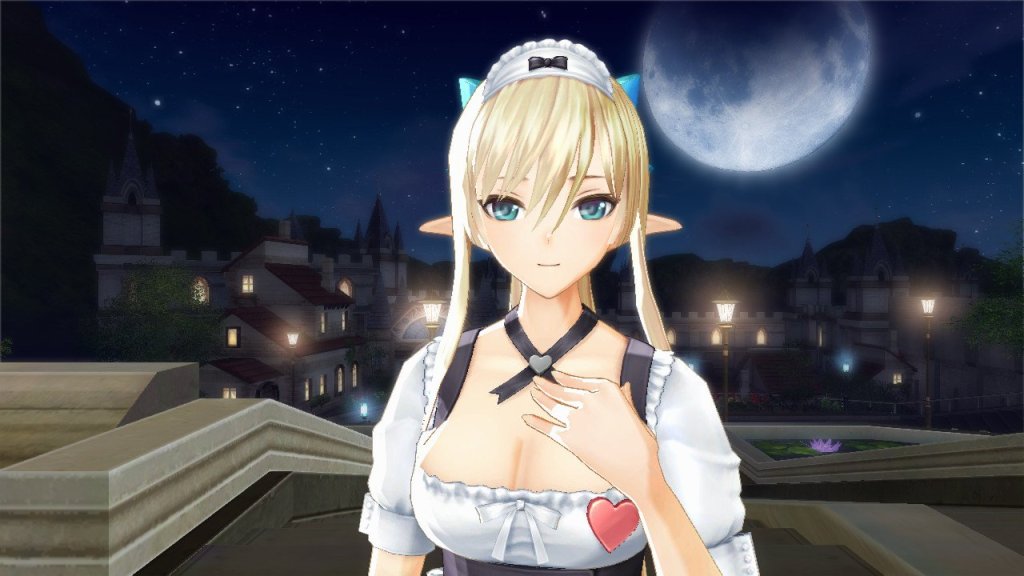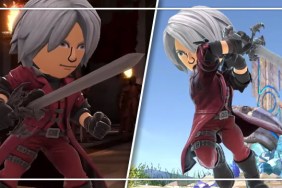Look, I really love my Japanese games, and love that they’re having a renaissance, long may it continue. But there’s a pernicious part of Japanese games that will always cause eye-rolls, and that’s fanservice.
As a term, ‘fanservice’ originated in Japanese anime and manga, which extends to anime-style games. It’s mostly about giving the fans ‘what they want’ but mostly refers to the old-fashioned mantra of ‘sex sells’. You’ll see it in the ‘sexy’ outfits you can dress female characters, like French maid, school uniform, and skimpier varieties. Sometimes it’s a cheap scene deliberately exploiting an opportunity to catch your favorite female character exposed, like a visit to the hot springs. Of course, gratuitous content exists in other media, but its tropes in Japanese games are particularly well-worn and questionable.
Take the recently released JRPG Shining Resonance Refrain, featuring a predominantly female cast. You’ve got Sonia, a headstrong princess who’s less damsel and more warrior – in fact, she’s even introduced rescuing our protagonist. But never mind how compelling you might find her character arc, because what ‘fans’ care about is seeing skin. Hence, the outfits you can dress her and your other female companions in, reducing them to the male protagonist’s harem.
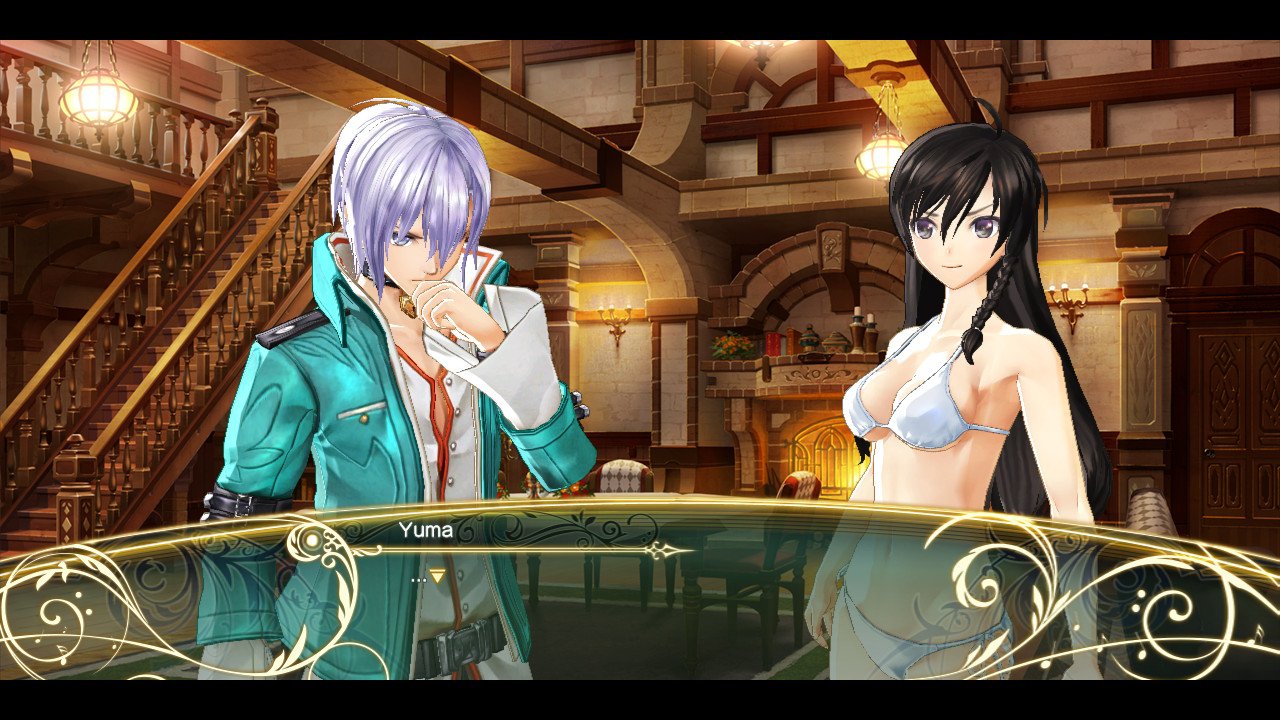
Criticism is Not Censorship
Granted, Shining Resonance first released in Japan four years ago, so this localization simply includes all of the original’s DLC. Nonetheless, it’s jarring seeing these titillating outfits completely divorced from the game’s context. I can’t help but wonder why the creators put in this tired fanservice in the first place. Specifically, what does that say about what they think of their fans? Surely it’s time to consider that ‘fan’ isn’t just a byword for horny 14-year old boys?
I’m not trying to be puritanical. After all, Bayonetta is a character very much defined by her sexuality, while Senran Kagura doesn’t have any pretense over its busy girl ninjas. Similarly, Bioware fans also clamor for their characters to get it on. But context here is key. When it comes to Dead or Alive, there’s only so far it can convince players that it’s a serious fighting game with deep mechanics without the breast physics and skimpy outfits getting in the way. It’s precisely why Team Ninja have dropped both elements in Dead or Alive 6 while marking a change of direction for more brutal realism, which in turn shows the series innovating and maturing.
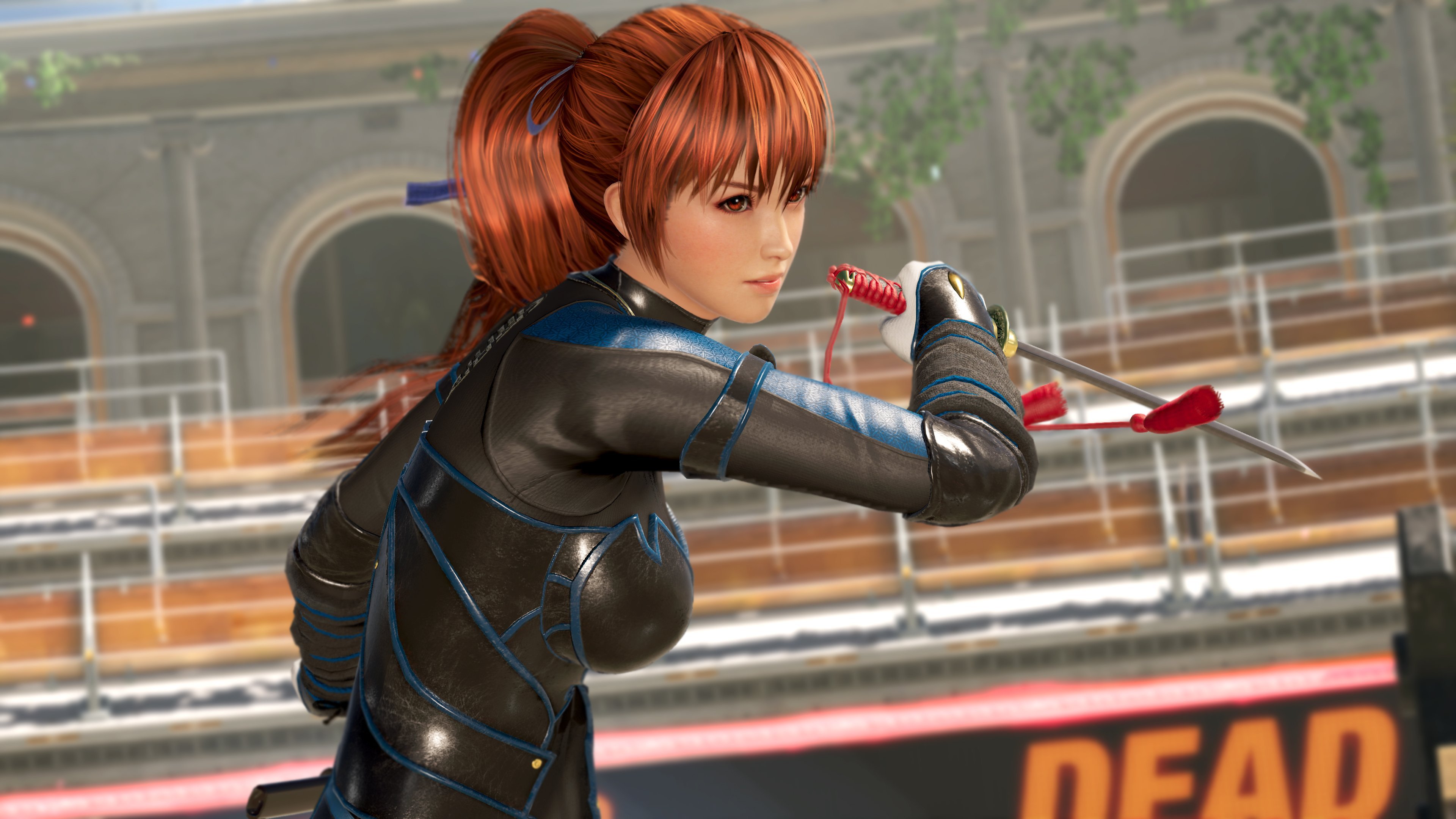
It doesn’t mean sexy anime girls can’t appeal to other audiences, like bisexual or lesbian women. But let’s not kid ourselves; this kind of fan service has been made principally with a male gaze. Even the latest Persona dancing spin-offs include a VR viewing mode that allows upskirt angles. It’s not known how the Western localization will handle this, but considering the PS4 version has the equivalent of an M rating in Japan, imagine having to explain why that is. It’s enough to alienate fans who just want to either enjoy a good rhythm game or spend time with their favorite characters and not perv on them.
Toxic Fandom
Point being, a fan is anyone who just really likes someone or something (look it up, if you must). But when an issue like this comes up, self-appointed gatekeepers reveal the worst side of fandom when they don’t get ‘what they want.’
Take the instances when past Nintendo localisations removed or altered content from releases like Xenoblade Chronicles X and Fire Emblem Fates. Not only was there a cry of censorship, but it led to a female employee at Nintendo becoming the target of a harassment campaign, ultimately leading to her termination.
It’s not just games where fandom can spiral down to a narrow retrograde definition. Just look to the subset of people behind #RemakeTheLastJedi or the supporters of ‘Comicsgate’. They would have you believe that they are the ‘real’ fans, protecting their hobbies from outside forces with political agendas. What’s really been happening is that times have changed and these franchises are loved by more people. And hey, guess what, they’re a diverse bunch. Is it too obvious to point out that a fan of anime, games, sci-fi or comics can be anyone, not just a straight white dude with serious insecurity issues?
The Ultimate Downside of Fan Service
Fanservice needn’t just mean gratuitous titillation. After all, the arguably biggest piece of fanservice in gaming this year has been Super Smash Bros Ultimate. It’s everything its fans want – every character from the history of the series, and still the exact same mechanics. The downside is that this pandering ultimately stifles any possible innovation for fear of upsetting the fragile fandom. For crying out loud, we’re talking about a community that still won’t retire its 17-year old iteration from major tournaments. It may, however, make sense if turns out to be the last entry, a ‘greatest hits’ to draw a line under the series.
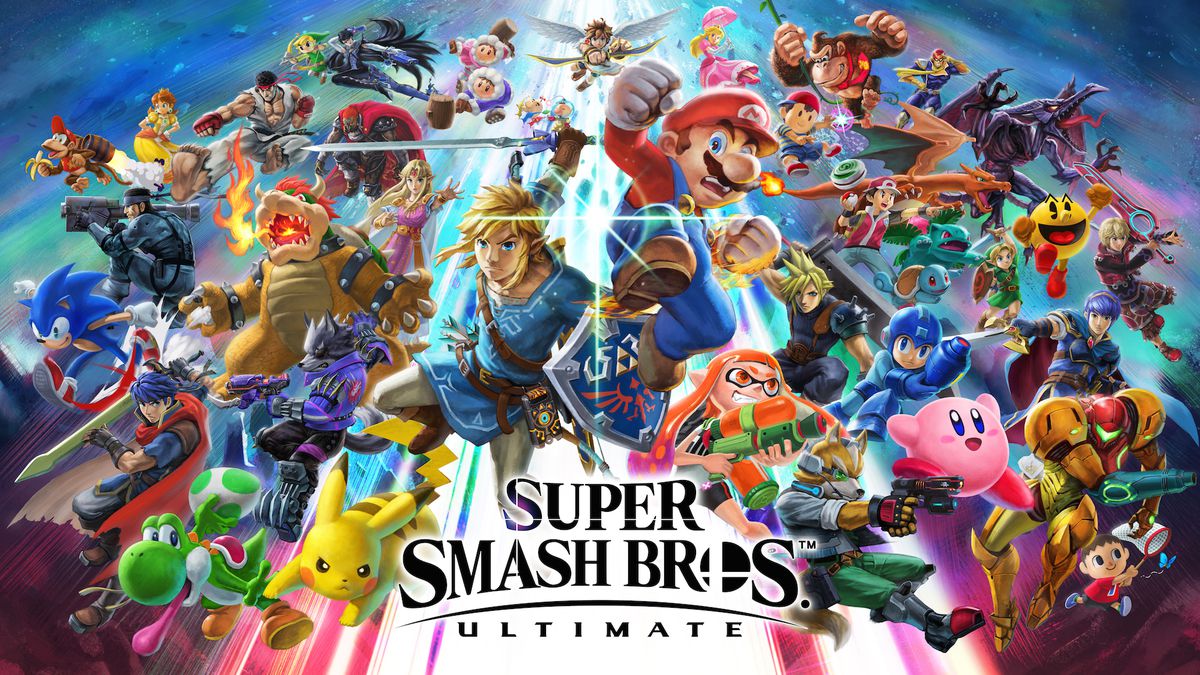
The last time Nintendo pandered to its fans so much was with The Legend of Zelda: Twilight Princess. The pursuit of a darker, more realistic Zelda game over the controversial cel-shaded aesthetic of Wind Waker was exactly what the fans wanted, and still remains one of the most rapturous reactions in E3 history. But let’s face it: it also did the least to push the series forward.
There can be clever fanservice that can be done well, from crossovers to easter eggs. But ultimately, creators can always do better than simply pandering and stagnating in the process. If you want to create cool or sexy outfits, then why not go beyond the same tired tropes? Think of the very imaginative cosmetics in Overwatch, from the Bowie-inspired for Moira or the D.Va gremlin emote, referencing a fan-made meme (but maybe just don’t have them in loot boxes). Otherwise, consider that fans have a much more diverse definition than the same narrow vocal bunch would have you believe. As it stands, fanservice looks retrograde, conservative, and just plain boring.
